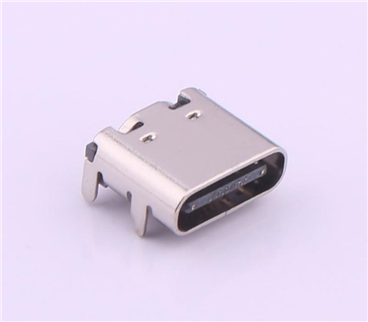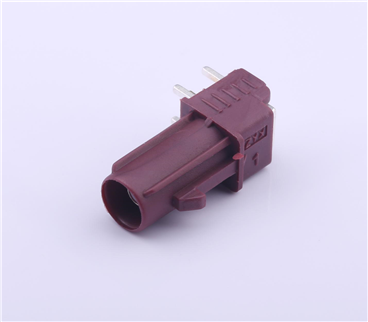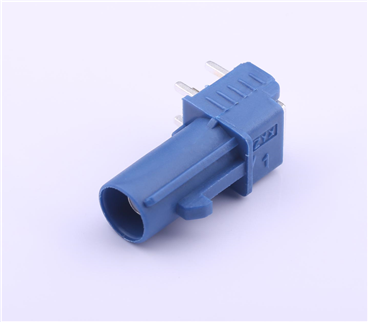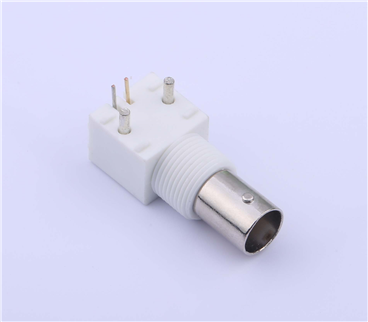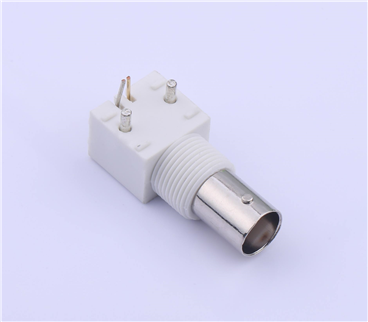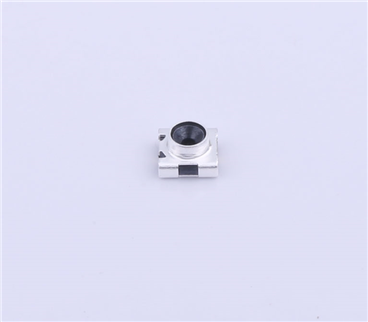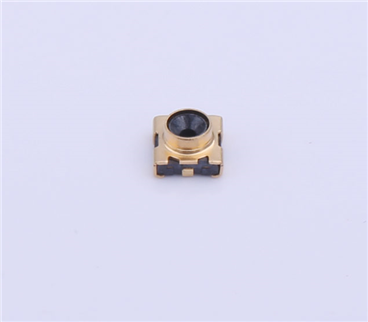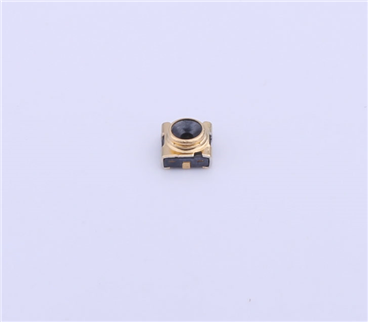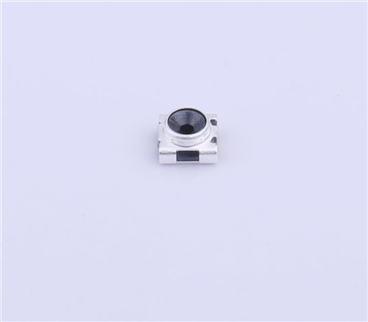Service hotline
+86 0755-23615795
Release date:2025-06-11Author source:KinghelmViews:3707
Communication antennas can be categorized in various ways based on different criteria. Here are some common classifications:
1) By Operating Frequency Band
· Long Wave Antennas: Operating in the long-wave frequency range (1000m to 10,000m), these antennas are typically used for long-distance communication, maritime communication, and navigation. Examples include T-type and inverted L-type antennas.
· Medium Wave Antennas: These work in the medium-wave frequency range (100m to 1000m) and are commonly used in broadcast radio. A common example is the medium-wave vertical antenna.
· Short Wave Antennas: With wavelengths between 10m to 100m, short-wave antennas utilize ionospheric reflection for long-distance communication. Examples include dipole and log-periodic antennas.
· Ultra-High Frequency (UHF) Antennas: Operating in the UHF band (1m to 10m), these antennas are primarily used for line-of-sight communication and mobile communications, with common types like whip and Yagi antennas.
· Microwave Antennas: With wavelengths between 1mm to 1m, microwave antennas are used in microwave communication and satellite communication. Examples include parabolic and horn antennas.
2) By Radiation Pattern
· Omnidirectional Antennas: These antennas radiate electromagnetic waves uniformly in all directions on the horizontal plane. They are ideal for situations requiring full 360-degree coverage, such as mobile communication base stations.
· Directional Antennas: These antennas focus electromagnetic radiation in one or a few specific directions. They are used in applications where energy needs to be concentrated in a particular direction, such as in satellite communication, where high-gain directional antennas focus energy toward the satellite.
· Wire Antennas: Constructed from metal wires, these include monopole and dipole antennas. Monopole antennas are commonly used in mobile devices, while dipole antennas are basic antenna forms used in short-wave and ultra-high-frequency communication.
· Surface Antennas: Made from metal or dielectric surfaces, examples include parabolic reflector antennas and patch antennas. Parabolic antennas focus spherical waves into flat waves, providing high gain and narrow beams, commonly used in satellite communication and radar systems.
· Array Antennas: Comprising multiple antenna elements arranged in a specific pattern, array antennas allow beamforming and directional radiation. They improve communication performance and interference resistance, with phased array antennas widely used in modern radar and communication systems.
· Communication Antennas: These antennas are used in various communication systems, including mobile antennas and base station antennas, to transmit and receive information.
· Broadcast Antennas: Designed specifically for radio broadcast stations, these antennas transmit broadcast signals for public reception. Examples include tower antennas for medium-wave broadcasts and batwing antennas for FM radio broadcasts.
· Radar Antennas: Used in radar systems for target detection, positioning, and tracking, radar antennas are typically high-gain, narrow-beam, and capable of fast scanning. Common types include parabolic reflector and phased array radar antennas.
· Satellite Antennas: These antennas are used for satellite communication and satellite TV reception. Examples include household satellite TV dishes (often called "satellite dishes") and large parabolic antennas for ground-based satellite communication stations.
· Linear Polarization Antennas: The electric field vector of the antenna’s radiation remains fixed, with horizontal and vertical polarization being the two main types. Horizontal polarization antennas have their electric field vector aligned horizontally, while vertical polarization antennas have it aligned vertically. These are selected based on the application and environment.
· Circular Polarization Antennas: The electric field vector rotates in a circular pattern over time. These antennas are commonly used in satellite communication and mobile communication, as they can mitigate polarization mismatch and improve signal quality. Circular polarization can be left-handed or right-handed.
· Elliptical Polarization Antennas: A hybrid of linear and circular polarization, the electric field vector traces an elliptical path over time. These antennas combine features of both linear and circular polarization, making them suitable for complex communication environments.
.png)
About Kinghelm
Kinghelm is a leading provider of high-quality electronic components,including RoHS-compliant antennas, wires, plug-ins, switches, and connectors. With over 17 years of experience, the company serves industries including automotive, telecommunications, industrial automation, medical devices, and consumer electronics. Kinghelm is known for its durable, reliable components that meet international standards and are used in applications ranging from renewable energy to IoT devices.
